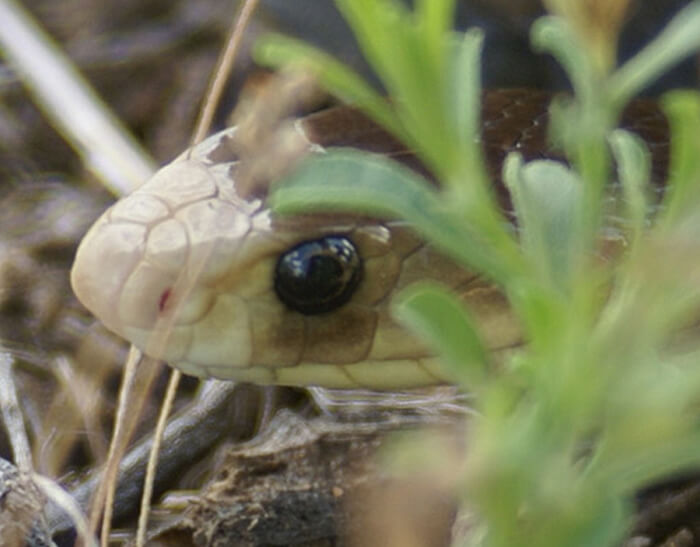Introduction
Tiger snakes (Notechis scutatus) are amongst one of the most interesting yet been afraid reptiles located in Australia. With their striking look and powerful venom, these serpents evoke a combination of admiration and caution. Observing tiger serpents in their natural environment can be an electrifying experience for nature lovers, wildlife photographers, and researchers alike. Nonetheless, it's critical to approach this endeavor with regard for the animal's habitat and an understanding of safety measures to avoid snake bites.
In this extensive overview, we'll check out just how to safely observe tiger snakes in their natural habitat. We will cover subjects varying from comprehending their habits and environments to first aid for snake attacks-- equipping you with understanding to enhance your experience while minimizing threats.
What is a Tiger Snake?
Tiger serpents are very poisonous serpents native to Australia, especially Tasmania and coastal regions. They are understood for their distinct banded coloration resembling a tiger's red stripes, which can vary from yellowish-brown to dark brown and even black.
Physical Characteristics
Tiger snakes are tool to large-sized serpents that can grow up to 2 meters long. Their bodies are robust, and they have a broad head that is definitely larger than their necks.
Habitat Preferences of Tiger Snakes
These reptiles typically populate wetlands, estuaries, and coastal areas but can also be located near freshwater sources like rivers and lakes. Recognizing where these serpents live is critical for anybody looking to observe them safely.
Understanding Tiger Serpent Behavior
Are Tiger Snakes Venomous?
Yes, tiger snakes are among the most venomous serpent types globally. Their poison contains neurotoxins that can cause significant medical problems if bitten.
Behavioral Traits
Tiger serpents are normally reluctant animals; they prefer to avoid human communication. Nevertheless, yellow faced whip snake they can come to be hostile if threatened or caught.
Where Can You Discover Tiger Snakes?
Tiger Serpent Habitat Exploration
To securely observe tiger serpents in their all-natural habitat, it's vital initially to determine where they flourish. They often tend to favor:
- Coastal marshlands Mangroves Swamps Riverbanks
Best Places for Observation
Some suggested locations consist of:

- Tasmanian wetlands The coastlines of southern Australia National parks with water bodies
Safety Preventative measures Before Observing Tiger Snakes
Understanding the Risks of a Tiger Serpent Bite
Although encounters with tiger serpents can be exhilarating, recognizing the risks entailed is extremely important:

First Help for Serpent Bites: What You Need to Know
Knowing what actions to take if bitten might conserve your life or someone else's:
- Stay tranquility; movement boosts venom spread. Call for medical help immediately. Do not apply ice or attempt suctioning.
How to Safely Observe Tiger Snakes in Their All-natural Habitat
When you decide to observe tiger serpents in the wild:
Dress Appropriately: Use lengthy pants and tough boots. Use Binoculars: Maintain a risk-free range while observing these reptiles. Avoid Sudden Movements: Quick activities may startle them. Stay on Established Trails: Prevent wandering into thick underbrush where presence is low.Equipment Required for Observation
Essential Equipment Checklist
- Binoculars First-aid package specifically created for snake bites Field guidebook on Australian reptiles Camera (with zoom ability)
Snake Bite Emergency treatment Kit Essentials
A well-appointed emergency treatment package must consist of:|Item|Function|| -------------------------------|-------------------------------|| Compression bandage|To incapacitate the damaged location|| Antihistamines|For allergic reactions|| Emergency contact numbers|Quick access during emergencies|
Interpreting Tiger Serpent Signals
Understanding how tiger serpents connect with body language helps onlookers gauge when it's risk-free or unsafe:
Common Behaviors
Defensive pose: If coiled or elevated off the ground. Retreating behavior: When they slowly retreat from possible threats.Dealing With Possible Encounters
Even with precautions taken, an encounter Safety and Prevention might still occur during your monitoring journey:
Remain tranquility; panicking only enhances risks. Slowly pull back without turning your back on the snake. Make your visibility known vocally but prevent sudden movements.Frequently Asked Questions Concerning Tiger Snakes
1. What must I do if I see a tiger snake?
Remain calmness; observe snake bite first aid australia from a distance without troubling it.
2. Are infant tiger snakes dangerous?
Yes, juvenile tiger serpents are birthed venomous and may present dangers comparable to grownups regardless of being smaller.
3. Exactly how typical are tiger serpent bites?
While events happen yearly in Australia, fatalities are uncommon due to prompt therapy availability.
4. Can I keep a tiger serpent as a pet?
Keeping wild tiger serpents as animals is illegal in many areas as a result of preservation laws.
5. What does a tiger snake attack look like?
Bite marks commonly show two puncture injuries along with local swelling and discoloration.
6. How efficient is antivenom?
Antivenom therapy is highly effective when provided timely after a bite.
Conclusion
Observing tiger serpents in their natural habitat uses an exhilarating possibility for wild animals enthusiasts however need to be approached with care and regard for both the animal and its setting. By arming yourself with understanding regarding these interesting reptiles-- including recognizing their habits and safety measures-- you can enjoy memorable experiences while considerably minimizing risks connected with encounters.

In summary, constantly prioritize safety by preparing properly prior to embarking on any type of wildlife monitoring expedition-- specifically when taking care of some of nature's most venomous animals like the tiger snake!